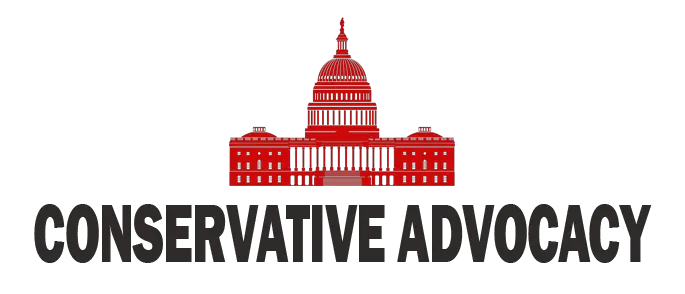In recent discussions about the U.S. economy and job market, some notable points have emerged that paint a rather complex picture. The Labor Secretary has indicated that they are still sorting through the data from September, with the October reports not yet fully collected. This vagueness naturally raises questions about the state of employment numbers, especially coming off a long government shutdown. Tim Docherty, the Executive Director of Unleash Prosperity, has pointed out that much of the economic fallout should not fall solely on President Trump, as many are inclined to do. Instead, he emphasizes that the broad issue of inflation and its effects on affordability is largely a consequence of the Biden administration’s policies.
Docherty argues that the responsibility for the current state of the economy rests firmly on the shoulders of President Biden, specifically noting the “affordability crisis” that has plagued everyday Americans. Inflation is often viewed as a monetary issue, and he asserts that the current administration allowed inflation to balloon largely unchecked. As the situation continues to unfold, there are calls for action and fresh ideas to stimulate growth and job creation. The prospect of sending out $2,000 stimulus checks has been floated, but Docherty presents an alternative approach: cutting taxes instead. He believes that money spent on stimulus checks could be better utilized in slashing taxes, thereby encouraging investment and job creation.
Furthermore, the discourse around tariffs is gaining traction, particularly concerning their potential rollback. There are suggestions that reducing tariffs could lead to lower grocery prices and increased access to products for American consumers. In the conversation, the importance of market access for U.S. exports emerged as vital. It seems that if the government is willing to negotiate lower tariffs with other countries, there must also be a reciprocal agreement that grants American products entry to international markets.
With 2026 approaching, concerns for the job market, especially for recent college graduates, are intensifying. The Wall Street Journal hinted that many employers are anticipating a struggling job market for this group, which is concerning given the rising costs of higher education. Docherty further suggests that the problem might not solely lie with the employment market itself but in the education system and the choices made therein. He asks a rather thought-provoking question about what majors today’s college students are choosing. While some might opt for more traditional paths, others appear to be diving into fields that may not offer viable job prospects post-graduation.
The argument is made that with approximately 7.5 million open jobs across the nation, the discussion needs to be shifted towards preparing young people for those available roles. This includes a reevaluation of educational curricula that often emphasizes liberal arts over practical skills that are in demand. As Docherty points out, the need for retraining workers is critical, suggesting that this responsibility extends beyond national discussions and should also encompass local and state efforts. The goal is to ensure that students are equipped with the skills they need to thrive in the current workforce, and that includes not just traditional college paths, but also vocational training and other innovative educational routes.
In conclusion, as the economy continues to navigate through this challenging period, it is essential to look at the broader context of education, inflation, and trade barriers. The political landscape may often seem mired in blame-shifting, but recognizing the complex web of influences on the economy could help foster effective solutions that address the root causes of today’s economic hurdles. Whether through nimble tax policies, thoughtful tariff decisions, or a reevaluation of educational priorities, it’s clear that American prosperity demands a multi-faceted approach that considers both immediate solutions and long-term strategies for success.




